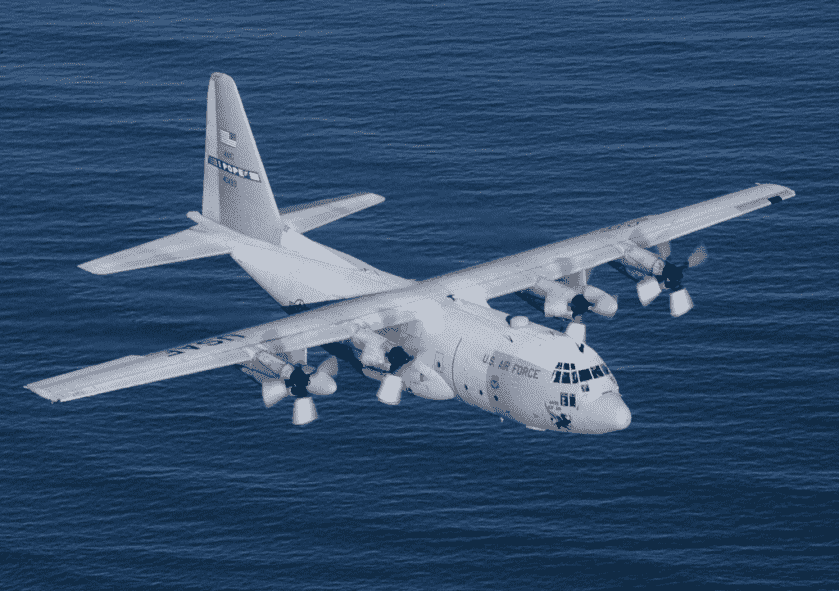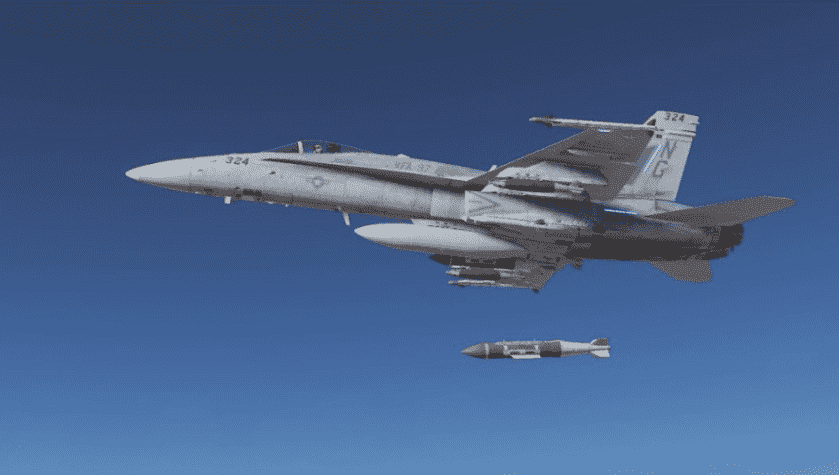
Special operators inserting via HALO (High Altitude Low Opening) parachute jump to launch a pitiless fight to the death with a fanatical enemy bent on global destruction is actually just the stuff of spy movies. That kind of thing almost never happens in the Real World. However, in November of 2001, the British Special Air Service launched Operation Trent. Trent was the stuff about which fiction writers scrawl.

In the modern era, most warriors see combat only sporadically. The Global War on Terror has been an anomaly, but most professional soldiers in the West only go to war for real about once or twice in a career. In the case of Special Operations Forces, their commanders are always on the prowl for proper missions. Early into the coalition invasion of Afghanistan SAS commanders got the tasking to take out an al-Qaeda opium plant near Koh-I-Malik Mountain in the Registan Desert, Helmand Province, Afghanistan.

Al-Qaeda was and is a truly world-class mob of villains. When they’re not actively bombing civilians they support themselves by refining and trafficking illicit narcotics. Though they drape themselves in the mantle of religion, the reality is that they are just fanatic thugs who want to watch the world burn.

The opium factory in this case was a fortified military facility of caves, bunkers, buildings, trenches, and hardened compounds. Intelligence estimates put the number of defenders at between 80 and 100 hard-core foreign fighters. These maniacal lunatics were well-armed, well-trained, and highly motivated.

Based upon the availability of close air support assets the assault would have to take place in daylight. Though the SAS is justifiably sketchy on operational details it is estimated that between 100 and 140 operators took part. Given the remote nature of the objective and the large numbers of troops required it was determined that insertion would be via C130 transport aircraft.
Show Time

The first order of business was to establish a makeshift airstrip to allow air landing of troops and vehicles via C130. As a result, G Squadron’s Air Troop inserted an eight-man reconnaissance patrol via HALO parachute jump. Jumping from a coalition C130 at more than 20,000 feet, this combat element dropped through subzero temperatures using supplemental oxygen and parachutes that opened automatically at 4,000 feet. They secured the air landing site, marked out a 900×40-foot runway, and established lay-up positions.

Seventeen hours later a flight of half a dozen USAF C130 aircraft touched down just long enough to disgorge a contingent of Land Rover DPV 110 “Pink Panther” vehicles, a pair of logistics trucks, and eight Kawasaki dirt bikes. The DPV 110’s were originally painted in a pink desert camouflage. Hence the name. During the 120-mile drive to the target one vehicle was lost due to mechanical failure. Its three-man crew remained behind to guard it. I suspect they were livid.

A Squadron drew the duty of assaulting the al-Qaeda facility, while G Squadron provided a base of supporting fire. Once in position under cover of darkness, these two elements awaited first light and a preparatory airstrike to launch their attack. Just after 0700, a combined strike package of US Navy F-14 Tomcats and F/A-18 Hornets kicked off the party.

The Navy strike aircraft pummeled the al-Qaeda facility until they ran out of ordnance, taking out a bunker with a GPS-guided JDAM bomb and strafing another position dangerously close to friendly operators. Under cover of the chaos, A Squadron elements approached the defensive works in their Pinkies, while the G Squadron blokes opened up with vehicle-mounted M2 .50-caliber machineguns, 7.62mm L7A2 GPMGs, L16 81mm mortars, MILAN antitank missiles, and Barrett M82A1 .50-caliber sniper rifles. What followed was a truly epic fight.
The Guns

The .50-caliber M2 or “Ma Deuce” as it is known by anyone who has ever donned a uniform, is the longest-serving weapon still in general issue by the US military. The M2 was contrived by the firearms luminary John Moses Browning in response to a request from General John “Blackjack” Pershing, the commander of the American Expeditionary Force in WW1.

The recoil-operated M2 weighs 84 pounds and cycles at around 500 rounds per minute. The Army has tried and failed to replace this apparently perfect weapon several times in the past century. However, today’s M2 that sits atop the M1 Abrams and modern MRAP vehicles is really minimally changed from the WW1-era original. The max effective range for the Ma Deuce is 1,800 meters.

The L7A2 is the British version of the Belgian MAG (Mitrailleuse d’Appui General) Gun. This 7.62x51mm air-cooled, belt-fed, General Purpose Machinegun was designed in the 1950s by Ernest Vervier. The MAG combined the best features from the American Browning Automatic Rifle and the German MG42. This same basic weapon serves in the American military as the M240.

The L7A2 weighs 26 pounds and cycles at around 650 rounds per minute. This same chassis has been used in fixed aircraft mounts, pintle mounts on vehicles, and as a man-portable support weapon in Infantry and Special Ops formations. The L7A2 fires from the open bolt and has been adopted by the militaries of some 89 nations.

The L16 81 mm mortar is a beast of a thing. It began as a joint venture between the UK and Canada. The L16 weighs 78 pounds and is typically serviced by a crew of three. This mortar offers a sustained rate of fire of a dozen rounds per minute and will throw an HE bomb up to 5,675 meters.

The MILAN antitank missile system is a joint French/German contrivance that first entered service in 1972. MILAN stands for Missile d’infanterie Leger Antichar. MILAN is also French for “kite.” MILAN is a wire-guided SACLOS (semi-automatic command to line-of-sight) missile. It weighs 36 pounds and has a maximum effective range of 2,000 meters.

Western nations supplied the Afghan Mujahideen with MILAN missiles during their war with the Soviets in the 1980s. These weapons took a devastating toll on Soviet armor. The newest versions of the MILAN use a 115mm HEAT warhead and advanced jam-resistant electronics.

The Barrett M82A1 is a semiautomatic recoil-operated anti-materiel weapon used throughout the free world. First launched in 1989, the M82A1 weighs 30 pounds and has a max effective range of 1,800 meters. The gun feeds from a 10-round detachable box magazine and is used by 55 different nations.

I first met the Barrett M82A1 while it was being used to detonate unexploded ordnance by a military EOD unit. The unique Barrett rifle has been used as a long-range sniper platform in a variety of operational conflicts. With match ammo, the Barrett is indeed a deadly and powerful long-range platform.
The Rest of the Story

A Squadron assaulters covered the last stretch of extremely difficult terrain on foot, engaging in a furious firefight with defenders in the process. One SAS operator was wounded during the approach, but another dozen gained access to an al-Qaeda cave complex. Here they killed six al-Qaeda fighters with no loss to their own. One SAS officer caught two rounds to his ceramic body armor and third through his canteen.

The al-Qaeda fighters were maniacal in their fervor, frequently running out from behind cover while firing only to be cut down by the attacking SAS men. The SAS Regimental Sergeant Major was shot through the leg while organizing the G Squadron supporting fires. Over the course of the next two hours, SAS troopers cleared buildings and caves of fanatical terrorist fighters, all at such close range as to make close air support ineffective.

Four hours after the initial airstrikes the compound was secure and the foreign fighters neutralized. A total of four SAS men were wounded. The attackers killed as many as 73 enemy soldiers and destroyed $50 million worth of opium. They also came home with several laptops and written records that were invaluable in unraveling the terrorist network.

A US CH47D extracted the wounded operators, while the rest of the force exfilled via C130. Three weeks later the shooters were back in the UK. Several of the SAS operators were decorated for their performance during the operation, and the al-Qaeda facility was thoroughly disrupted.
Ruminations


The Real World is never as clean or as tidy as the movies make it out to be. Combat is a terrifying, chaotic thing that strains even the most elite soldiers. However, the British SAS literally set the bar for special operations forces around the globe. In the case of Operation Trent, the largest SAS undertaking since WW2, the rarefied tactics and heroic exploits were everything you might find in a big budget action movie.

From G Squadron’s initial HALO assault to the unit’s mass exfil via C130 aircraft on an improvised runway, everything went down as it should have. The drug-making facility was destroyed and its operators killed. The SAS guys also retrieved a trove of invaluable intelligence materials. Operation Trent was the real deal, a special operator’s dream.



Great article Will. I like yourself was in the Army Aviation field as an avionics tech, loved the Cobra! Be good.
Great photos. Thanks Will. I’d like one of those Rovers here in Arkansas.
We need a military olympics with all the tier 1 fellas from around the western world.
I could think up all kinds of shoot n run activities for the lads.
But I guess it’s been done with the Global War on Terror.
Meanwhile nowadays U.S. troops are being indoctrinated with CRT, waiting for thire nail polish to dry between tasks and being issued male menstrual products. Whats becoming of my beloved U.S. Army is a disgrace.